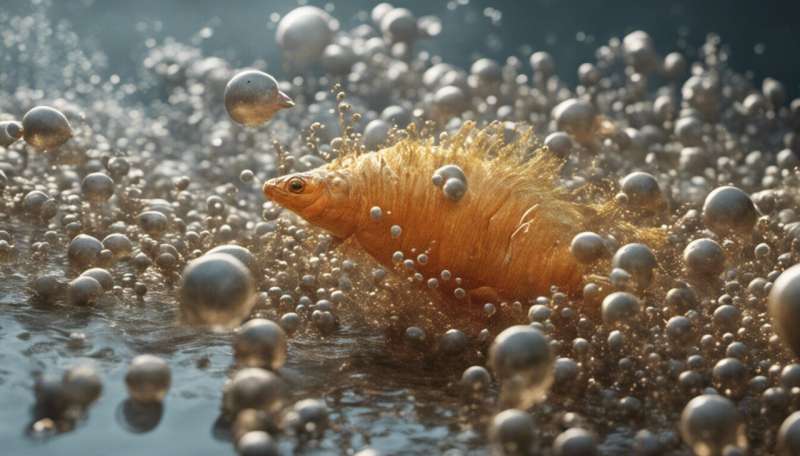Catching up with DIVERSIFY: Fizzing with ideas for aquaculture

DIVERSIFY (Exploring the biological and socio-economic potential of new/emerging candidate fish species for the expansion of the European aquaculture industry) is the largest EU research project focusing on aquaculture to date. With a total budget exceeding EUR 11 million and a total of 40 partners, it comes as no surprise that the project continues to impact the aquaculture sector almost a year after its completion.
"There are at least five commercial operations in Greece that have greater amberjack growing in their sea cages, all produced from eggs or juveniles supplied by DIVERSIFY partners," explains Dr. Constantinos Mylonas, coordinator of the project. "Some of them have even sold fish to the market at a very good price, superior to EUR 12 per kg."
Greater amberjack was one of six species highlighted by DIVERSIFY for their market potential. For all these species, the project consortium designed innovative production methods. Grey mullet producers in Greece, for example, have already shown interest in producing and market-testing a grey mullet fillet in olive oil developed under DIVERSIFY. The product has the potential to become a game-changer in a sector that used to be unable to process the flesh of this fish. DIVERSIFY's results have been disseminated to fish farmers across Europe, so additional products can be expected in the future.
More research ahead
On the research front, DIVERSIFY partners have been very busy as well. A new Horizon 2020-funded project has been approved and will allow some of them to keep working on amberjack and meagre products, while other project partners will do the same on their own.
Several proposals have been submitted to National funding agencies, too. "In Greece for instance, the Hellenic Centre for Marine Research (HCMR) has been awarded four new projects. These encompass: the reproduction and larval rearing of greater amberjack; the genetic contribution to growth rates and the identification of influencing genes; the development of more efficient and effective moist diets for growth; and the development of genetic selection methods for meager," says Dr. Mylonas.
HCMR has also partnered with Bodo University and CCMAR to apply the methods used in DIVERSIFY to solve reproductive problems in Senegalese sole, spotted wolfish and lumpfish.
"This effort would have never been possible without the support of the EU, as no country would have been able to put together and finance such an ambitious project," Dr. Mylonas concludes.
Provided by CORDIS



















